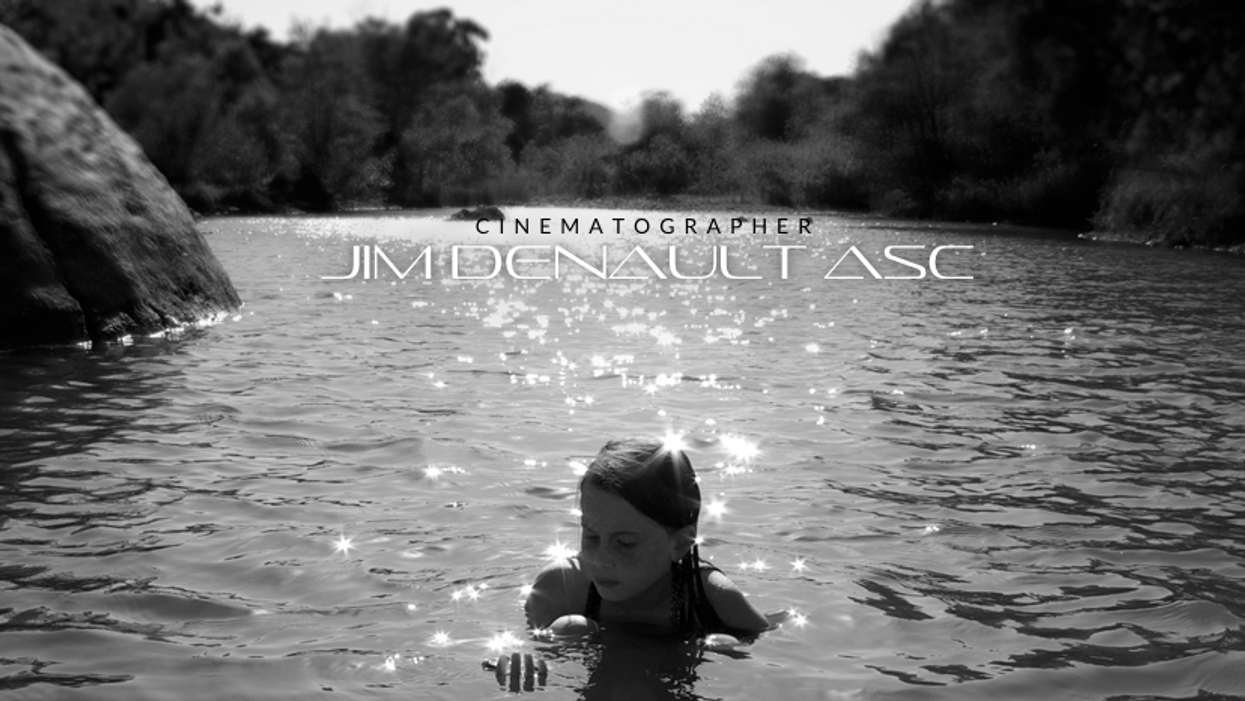Advice from a Prolific Indie Cinematographer: 'Keep It Simple with Your Gear'
Earlier this year, Jim Denault, ASC, led a two-day masterclass on how to effectively prepare and shoot scenes like a pro.

In case you need a quick refresher on Denault's impressive resumé, he's worked on countless independent features over the years -- most notably Boys Don't Cry -- and is now hammering away on HBO's insanely hilarious Silicon Valley. The CreativeLive course that he taught, however, focused heavily on how to effectively plan for shooting independent films. In that respect, Denault talked about the philosophy of thinking small and keeping it simple.
Check out this excerpt from the course in which he details his lighting and lens packages from Boys Don't Cry.
While Denault's lighting package for Boys Don't Cry is far from "small" for most of us, he does offer some great advice for how to think about putting together a modest, yet effective and versatile setup. With any lighting package, it's wise to incorporate a mixture of "big lights, medium lights, and small lights." Depending on the size of your budget, you can get away with one or two larger lights like 18K's, 10K's, or even a 2K, although lights of that size aren't usually necessary unless you're working with a less sensitive camera and need to illuminate large amounts of space.
The medium lights are your 1K's and 800's. These are usually your most versatile and oft used lights because, in the context of today's hyper-sensitive digital cameras, they can be used for almost any purpose, from providing a nice key or fill, to illuminating an entire room.
Lastly you've got your small lights, which can be anything from 300-watt fresnels to ring lights to small LED fixtures. These are typically used for accents -- to add a subtle kick or rim light on your subject, to illuminate a particular piece of the foreground or background.
The other crucial tip here is that being sparse with your lens package can not only yield great looking results, but can even help define the unique visual style of your film. Many of our favorite films and shows are shot primarily with 2-3 lenses, and those lenses are typically used methodically in very specific types of shots in order to build the visual language of the finished piece. So if you've only got a 28mm and a 50mm, you're in luck. Those two lenses, when used properly, should yield all of the coverage that you need and create a simple, focused aesthetic.
If you're interested in more of Denault's tips and tricks for effectively preparing for a shoot, be sure to check out the full CreativeLive course.
Source: CreativeLive Blog











